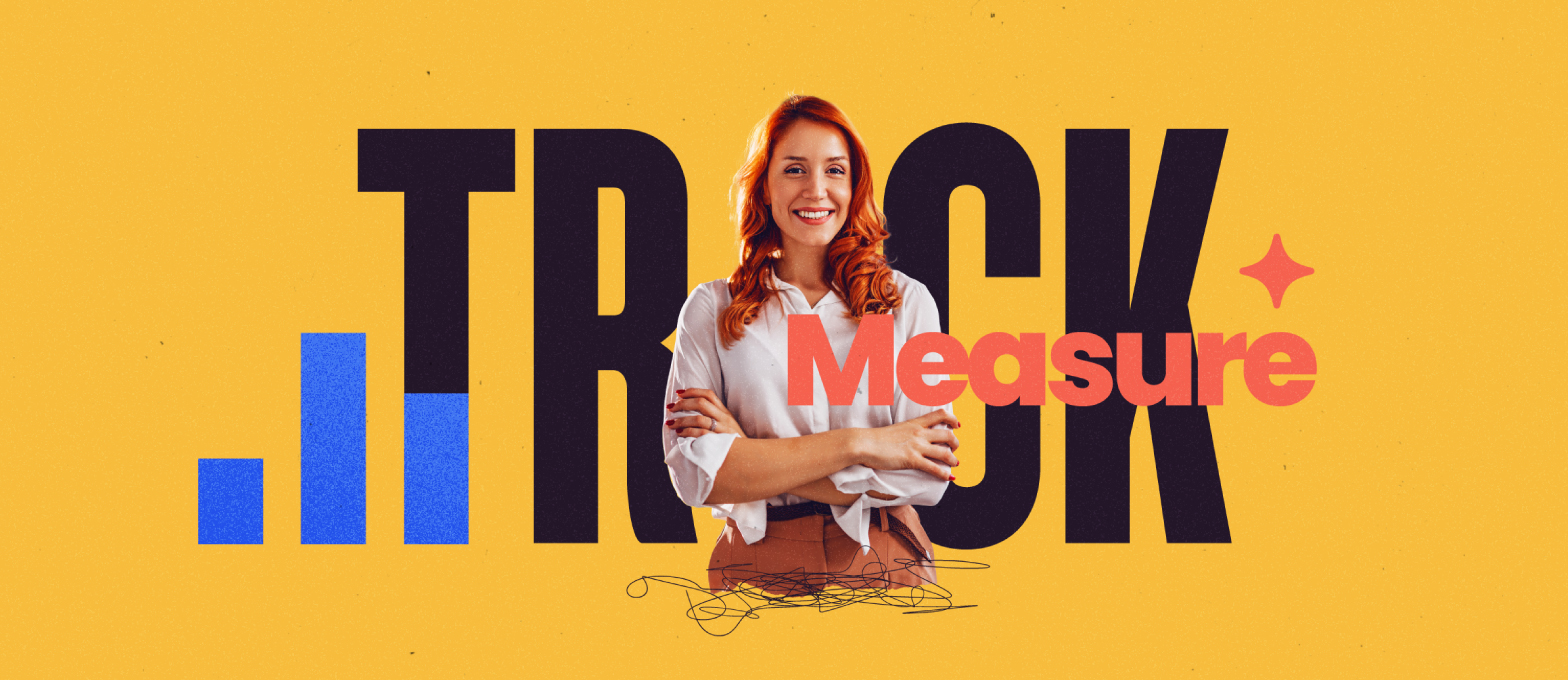
5 min reading time
How to Track and Measure the Impact of Customer Education on ROI
Investing in customer education is crucial for lifting both product adoption and customer satisfaction. But how do you measure the return on investment (ROI) from these programs?
Let’s take a look at 7 key ways you can effectively measure the ROI of your customer training programs.
Track Your Completion Rates
Think about the last time you launched a training course. Did participants finish it? At a high level, good completion rates show that your content is engaging and valuable, and low rates show that you’ve still got some work to do in how you engage your users.
But to go deeper, try segmenting completion rates by different customer demographics or roles. If a particular group has a lower completion rate, it’s probably telling you the content isn’t relevant or engaging enough for them. Your Learning Management System (LMS) can help you track these rates and identify patterns, giving you specific insights into which parts of your training are most effective and which need improvement. You should set up automated reminders for participants who haven’t completed their training, too, which will help boost completion rates and ensure more users reach the finish line.
Dial Into Customer Satisfaction
After any training, you need to understand how your customers felt about the experience. Use surveys and feedback forms to gather customer satisfaction scores, and metrics like the Net Promoter Score (NPS) to help you determine how likely customers are to recommend your product to others. High satisfaction scores often correlate with increased loyalty and advocacy.
For the most meaningful results, send surveys immediately after training and then again a few weeks later to see how perceptions change over time. Include questions about the content’s clarity, relevance, and usefulness. This direct feedback will tell you a lot about the learning impact you’re making (and where you can improve), but will also give you an opportunity to share positive customer snippets and testimonials with your marketing and sales teams for use elsewhere in the business.
Obsess Over Time to Proficiency
How quickly your customers become proficient with your product is a key customer education metric. The faster they master it, the better for your business. ‘Time to proficiency’ measures this speed, and shorter learning curves mean customers start seeing value sooner. By assessing customer performance before and after training, you can quantify how effectively your education programs are contributing to their adoption journey. It’s a real, tangible way to measure learning impact.
For instance, if your new users previously took two weeks to hit a defined proficiency milestone, but after making some changes they’re now averaging eight days, your program is clearly making a positive impact. Tracking the average time it takes for users to complete key tasks with your product, both before and after training, is a key part of how you measure success in an LMS.
Watch Your Product Usage Rates
After training, it’s important to monitor how frequently and effectively customers use your product. Increased usage rates are a strong indicator of successful training programs. This data helps you link training to customer retention and lifetime value, providing clear evidence of ROI.
Segment your usage data to identify trends among different customer groups. For example, are new customers using more advanced features after completing the training? Are there certain features that are underutilized despite being covered in the training? Monitoring these metrics over time will help you understand how to measure learning impact effectively, and will highlight useful trends that inform future training content. Consider creating follow-up training sessions or advanced modules to keep users engaged and continuously improving their skills, evolving your training alongside your customers’ needs.
Align Training with Business Goals
Aligning with broader business objectives is essential when measuring learning impact in your customer education programs. Well-trained customers are more likely to stay loyal, reducing churn and lifting customer success. These customers will generally be your biggest advocates, directly and indirectly feeding your marketing and sales efforts.
There are all sorts of ways comprehensive training can impact other functions in a business, so make sure you’re clear on what those are specific to you. For example, effective education can lower the number of support tickets as customers become more self-sufficient. Work closely with the other customer facing functions in your business, and make sure you align training content with common customer questions and pain points. That way, your training programs will effectively tackle real-world challenges and needs.
Utilize Best-In-Class Tools
Your LMS is a powerful tool that can provide detailed insights into your training programs. But how do you measure success in an LMS? Start by gathering data on course completions, engagement rates, and assessment scores. These specific customer education metrics will give you a clear picture of how learners are interacting with your content and where improvements might be needed.
Course completions can show you how engaging and relevant your content is. Engagement rates can tell you how actively participants are engaging with the training material, including how much time they spend on courses and how they participate in interactive elements. Assessment scores help you evaluate how well users are retaining and understanding the material through quizzes and tests.
Don’t stop there, though. Combine the metrics to go deeper – for example, high engagement rates may be lining up with low assessment scores for certain customers, suggesting that while that cohort finds the material interesting, it might not be effectively teaching the intended skills. Leverage quality ROI calculators to help you make sense of it all.
Automate the collection and reporting of these metrics with your LMS, too, to save time and ensure accuracy. This data-driven approach not only helps in demonstrating the value of your training programs but also helps you make them better by giving you continual actionable insights.
Tracking and measuring the ROI of your customer education programs can feel like a journey, but it’s one that pays off in spades. By focusing on key metrics like completion rates, customer satisfaction, time to proficiency, and product usage, you can gain a clear understanding of how effective your training really is. Aligning your training with broader business goals and leaning into the powerful tools within your LMS will help you continually refine and improve your programs.
Remember, all this is not just about educating your customers—it’s about engaging them, retaining them, creating loyalty among them, and ultimately driving your business forward.
Tracking the Return on investment (ROI) of customer education is essential for proving a program’s worth, improving its effectiveness, and ensuring its long-term viability. The insights gained from ROI metrics empower training teams to deliver training that maximizes customer engagement, loyalty and revenue growth. And, while ROI is a powerful metric, it’s also a measurement that learning leaders continually wrestle with. We want to change that. Know just what, and how, to measure the value of your training using our ROI calculator template.




